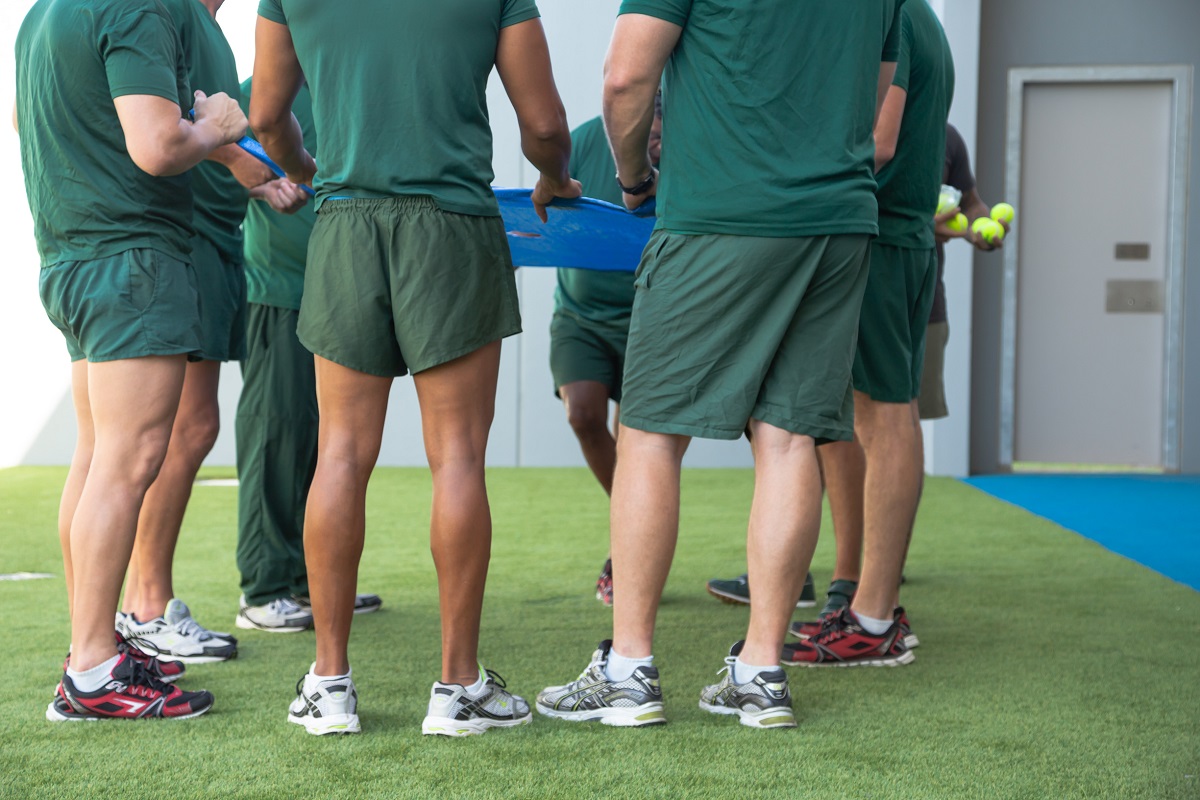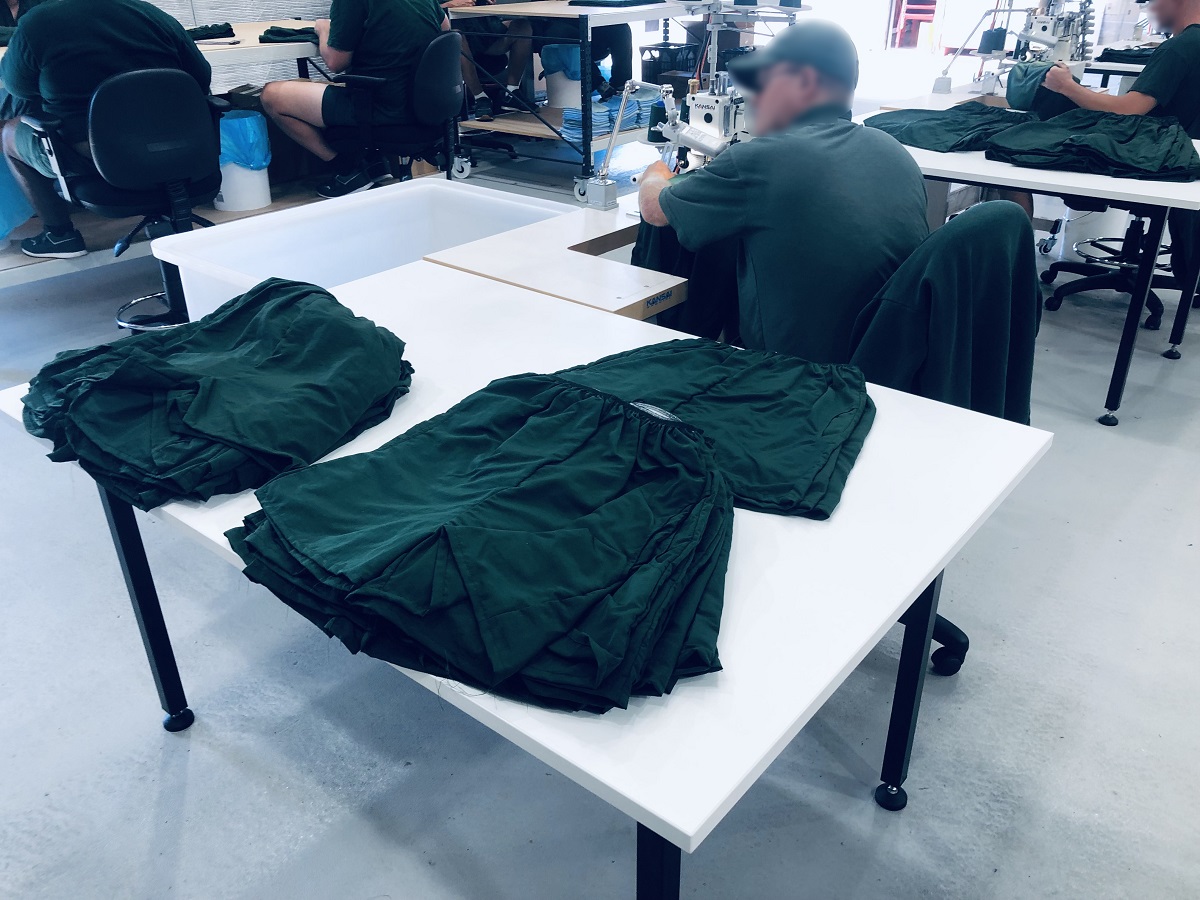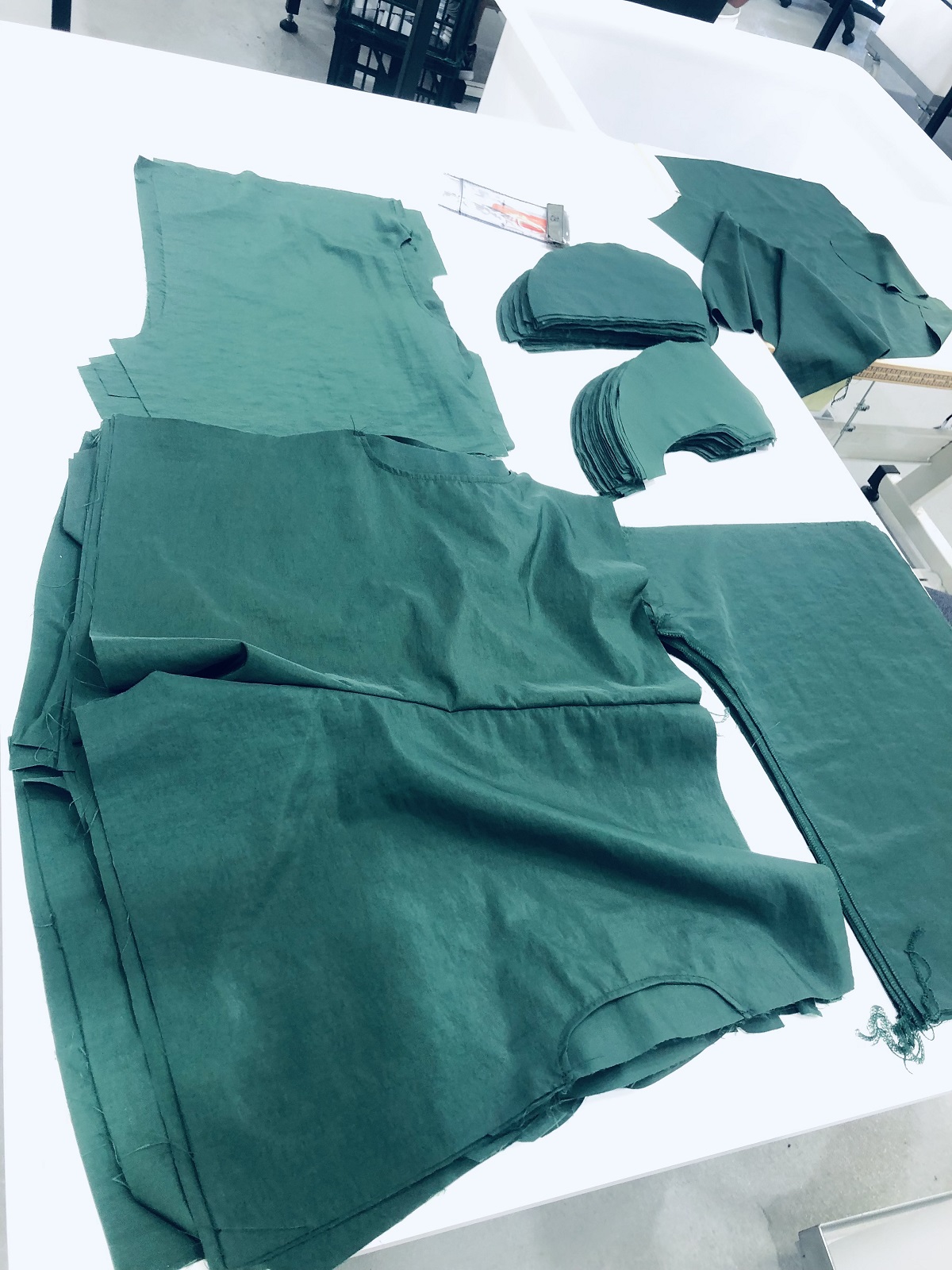Automatic language translation
Our website uses an automatic service to translate our content into different languages. These translations should be used as a guide only. See our Accessibility page for further information.
24 JULY 2025
Forget what you've seen on television - orange may be the new black in American dramas, but in NSW, it's all about bottle green. Inside NSW correctional centres, both male and female inmates dress in unmistakable "prison greens”.
Inmates across NSW wear a standard-issue set of clothing to clearly distinguish them from staff and visitors.



This uniform isn’t just handed out; it is manufactured within the prison walls themselves, carefully constructed by the inmates working in Corrective Services Industries (CSI).
The initial clothing handed to each inmate at reception in NSW consists of:
Male
Female
There are many theories about the choice of green – from the low cost of the dye to dogs being trained to notice and/or attack those in green but most can be debunked.

So why do NSW inmates wear bottle green? Perhaps it is simply because every other colour was taken – NSW Police and Corrective Services NSW correctional officers wear blue, the State Emergency Service (SES) wear orange, NSW Police Rescue dress in white overalls, Fire and Rescue NSW wear combinations of yellow, black and white.
While the bottle green offers a contrast to the blue worn by custodial staff, making it easy to distinguish inmates at a glance, according to a spokesperson from the CSNSW Museum in Cooma, inmates in NSW correctional centres wear bottle green simply “because that is the colour that was chosen.”
We acknowledge Aboriginal people as the First Nations Peoples of NSW and pay our respects to Elders past, present, and future.
Informed by lessons of the past, Department of Communities and Justice is improving how we work with Aboriginal people and communities. We listen and learn from the knowledge, strength and resilience of Stolen Generations Survivors, Aboriginal Elders and Aboriginal communities.
You can access our apology to the Stolen Generations.